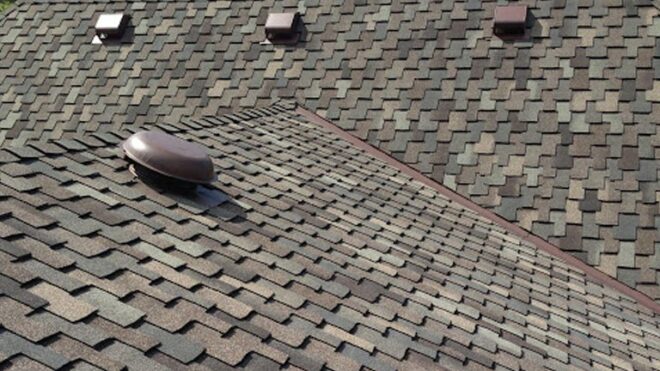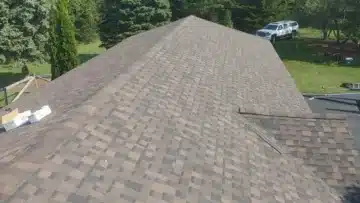Types of Roof Vents: Everything You Need to Know
Home refers to a place of safety, comfort, and peace. It is one of our greatest assets. The feeling of owning one’s home is unmatchable, but at the same time, it brings so many responsibilities that one must shoulder. From regular maintenance to choosing the right type of roof vents, the homeowner must make wise purchasing decisions at each step.
Roof ventilation Allows Your Home to Breathe
Talking about roof vents, the most important penetrations in different sizes and shapes are crucial for comfortable breathing irrespective of the outside temperature. Roof vents benefit the home in so many ways, including:
- lower the energy bills
- Increase the lifespan of the roof
- Aids in proper ventilation
- Create a healthy inside environment
Consequences of Improper Roof Venting
Installing wrong roof vents might cost you a lot by affecting your attic space. The most common downfalls are listed below.
- Heavy electric bills due to overburdened HVAC systems
- Poor indoor air quality
- Mold attack
- Ice dams
- Over-moisturized attic space
To make it easy for you, we will break it down here.
Styles of Ventilation
In general, there are 2 types of ventilation styles that work hand-in-hand to improve the efficacy and create a balanced attic ventilation system.
Exhaust: Pulls the stale air out.
Intake: Brings the fresh air in
Frequently Used Roof Venting Systems
Here are the various intake and exhaust roof vents systems discussed in detail to help you find the best suite for your home.
A. Exhaust Vents
- Ridge Vents
It is the most common exhaust vent specifically designed for the peak of the sloped roof. Being at the highest point, these vents efficiently assist the hotter air in leaving the attic space. These exhaust vents run across the entire roofline, thus offering a large surface area and serving as cost-effective exhaust vents in the long run.
However, ridge exhaust vents don’t fit best with soffit intake vents.
- Hip vents
These are best fits for homes with hip roof designs that are limited to no ridge area. In both the design and working, they seem like box vents. Hip vents are installed uniformly along the entire hip length. Hip vents have a pyramidal shape and blend with almost all home designs. They are very efficient and low profile.
Combining the hip vents with soffit intake vents makes them even more cost-effective.
- Solar-powered attic vents
These vents are attached to a solar panel, so; basically, they are powered by solar energy. They come in various shapes and are mounted by the gable or on the roof. Comparative to older hard-wired vents, solar-powered vents save 100% of electricity cost.
But unfortunately, there is no surety of required efficiency with these vents as the fan is either not powerful or too powerful.
B. Intake Vents
- Soffit Vent
It is one of the most popular intake vents. Depending on home design, two types of soffit vents include:
- Individual soffit vents
- Continuous soffit vents
These vents are installed underneath the roofline and have small holes to allow airflow.
- Gable Vent
These vents go best with gable-style roofs and are available in different shapes and sizes. Gable vents can be placed on both sides of the home. These are not effective for complex roof styles.
The Bottom Line
Remember, every home is different. To make a thoughtful decision consult with a roofing specialist, and don’t forget to consider the design and location of your home along with the setup of your roof.



